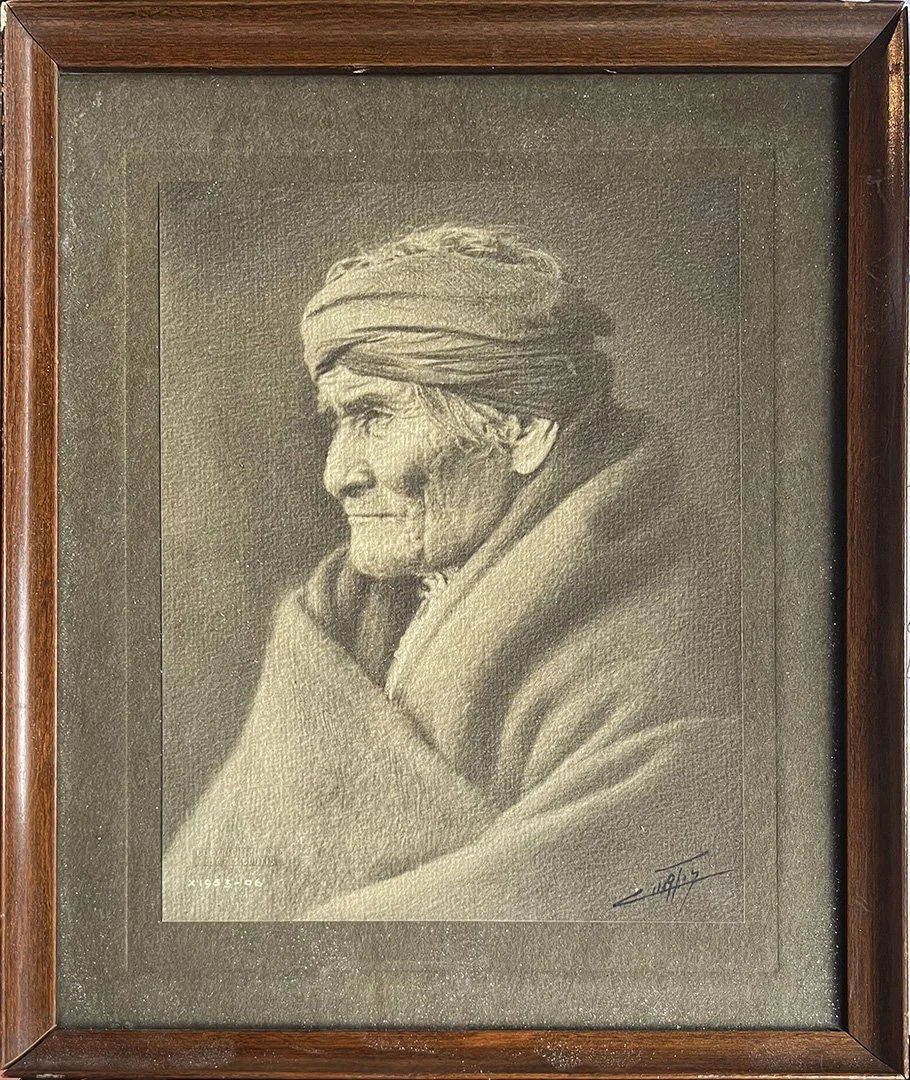Victor Casenelli
Victor Casenelli
An Indian Encampment
Oil on Board
12 × 15 inches, 19 ½ x 22 inches in the frame
Signed Lower Right
ID: 14774
Victor Casenelli (also spelled Casnelli; 1867–1961) was an American painter renowned for his evocative portrayals of Native Americans, genre scenes, landscapes, horses, and maritime subjects. Born in New York City to Genoese parents, he established his first studio in Cincinnati. His early career there, lasting about twelve years, was followed by a move to Muskegon, Michigan in 1904, where he lived and worked for the rest of his life. Despite lacking formal academic training, Casenelli believed strongly in thoughtful composition and imaginative depth; as he famously declared, “The real work is the thought that goes into it…the imagination, the conception, the composition”.
Casenelli gained recognition for his authentic and sensitive depictions of American Indian life, a gift that earned him praise as “one of the foremost painters of the American Indian”. He also painted Mediterranean and Michigan landscapes, seascapes, and everyday rural scenes in mediums ranging from oil and watercolor to gouache. In 1929, he was commissioned to paint seventeen historical murals for the National Lumberman’s Bank in Muskegon, showcasing his skill in narrative, realism, and historical context. His studio in Cincinnati was lost to looting around 1904–1906, marking a significant moment in his early career.
After touring winter art seasons, he wintered and worked in Florida, especially St. Augustine and Sarasota, where he painted luminous landscapes and seascapes, and exhibited his work locally. He also completed private commissions, including murals for President William H. Taft’s home. He died of a stroke in Muskegon, Michigan in 1961





